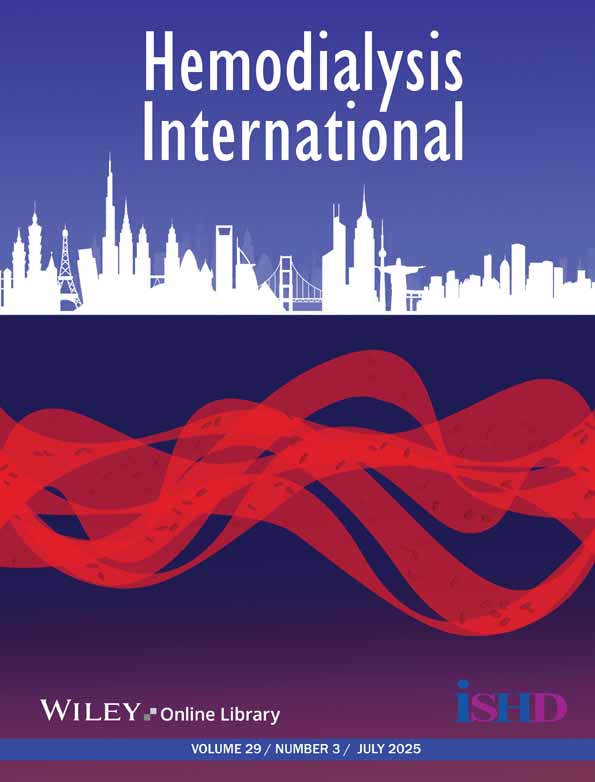Unexplained Fever in a Hemodialysis Patient Possibly due to Cat Scratch Disease Opportunistic Infection
Funding: The authors received no specific funding for this work.
ABSTRACT
Introduction
Cat Scratch Disease, caused by the bacterium Bartonella henselae, typically manifests with fever, headache, anorexia, weight loss, tender lymphadenopathy, and other systemic symptoms. Transmission commonly occurs through a cat scratch or bite. The clinical course varies depending on the patient's immune status, notably in individuals with conditions such as renal failure. While generally localized, Cat Scratch Disease can occasionally present as a systemic illness with diverse manifestations. This report aims to elucidate the etiology of fever of unknown origin in hemodialysis patients, focusing on the case of a 30-year-old female.
Methods
A 30-year-old female patient, who routinely undergoes hemodialysis (HD) three times a week for four hours at the hemodialysis unit, was admitted to our service for further evaluation and treatment due to an infectious disease clinic presentation. She is now under close observation and management in our inpatient department.
Findings
The patient's presenting symptoms included fever, arthralgia, night sweats, and weight loss, refractory to empirical antibiotic and broad-spectrum antimicrobial therapy. Physical examination revealed lymphadenopathy and splenomegaly. Laboratory investigations demonstrated elevated C-reactive protein and procalcitonin levels. Ultrasound imaging revealed reactive lymphadenopathy in multiple regions. Following the exclusion of bacterial, viral, and mycobacterial infections, including tuberculosis, a diagnosis of lymphoma was considered. However, a subsequent lymph node biopsy revealed non-caseating granulomatous lymphadenitis, a histopathological finding consistent with Cat Scratch Disease.
Discussion
Although rare, Cat Scratch Disease should be considered in the differential diagnosis of fever of unknown origin in patients with chronic kidney disease undergoing hemodialysis.
Conflicts of Interest
The authors declare no conflicts of interest.
Open Research
Data Availability Statement
The data that support the findings of this study are available from the corresponding author upon reasonable request.




